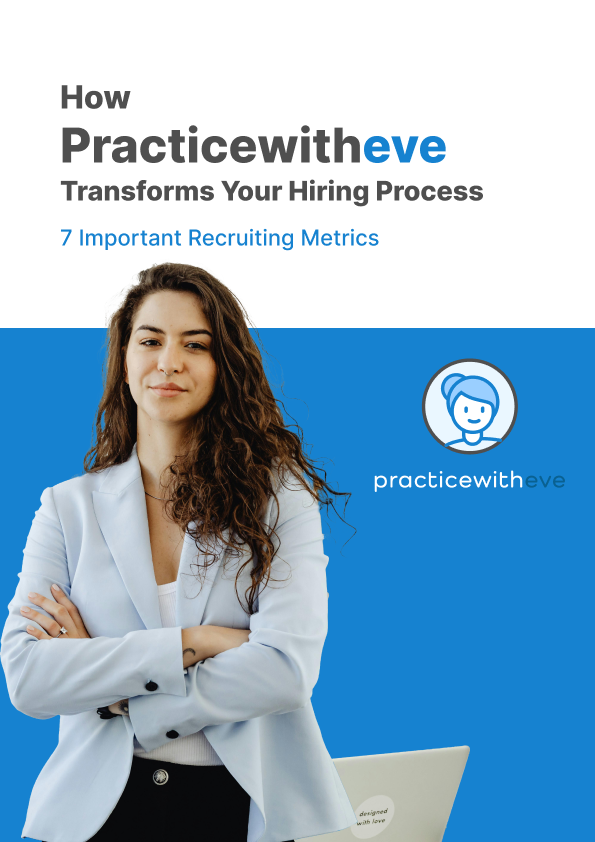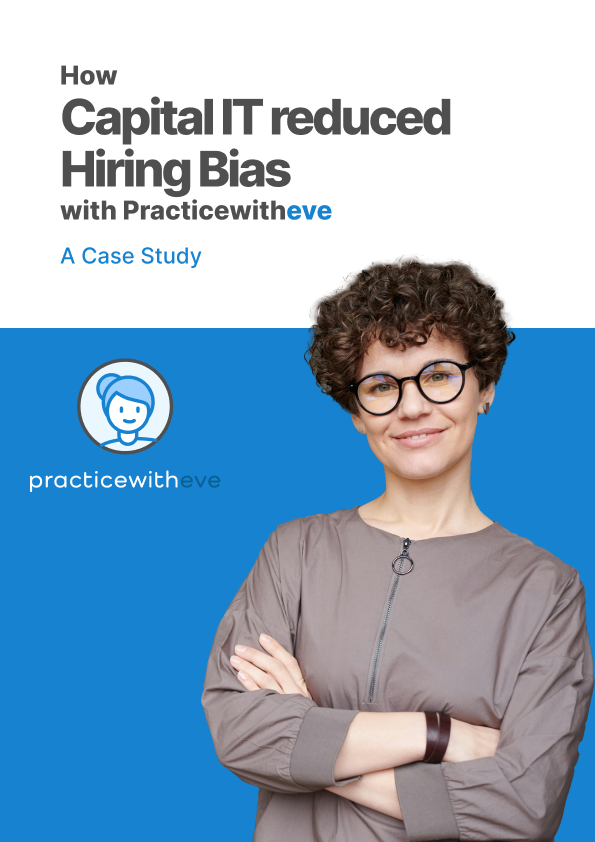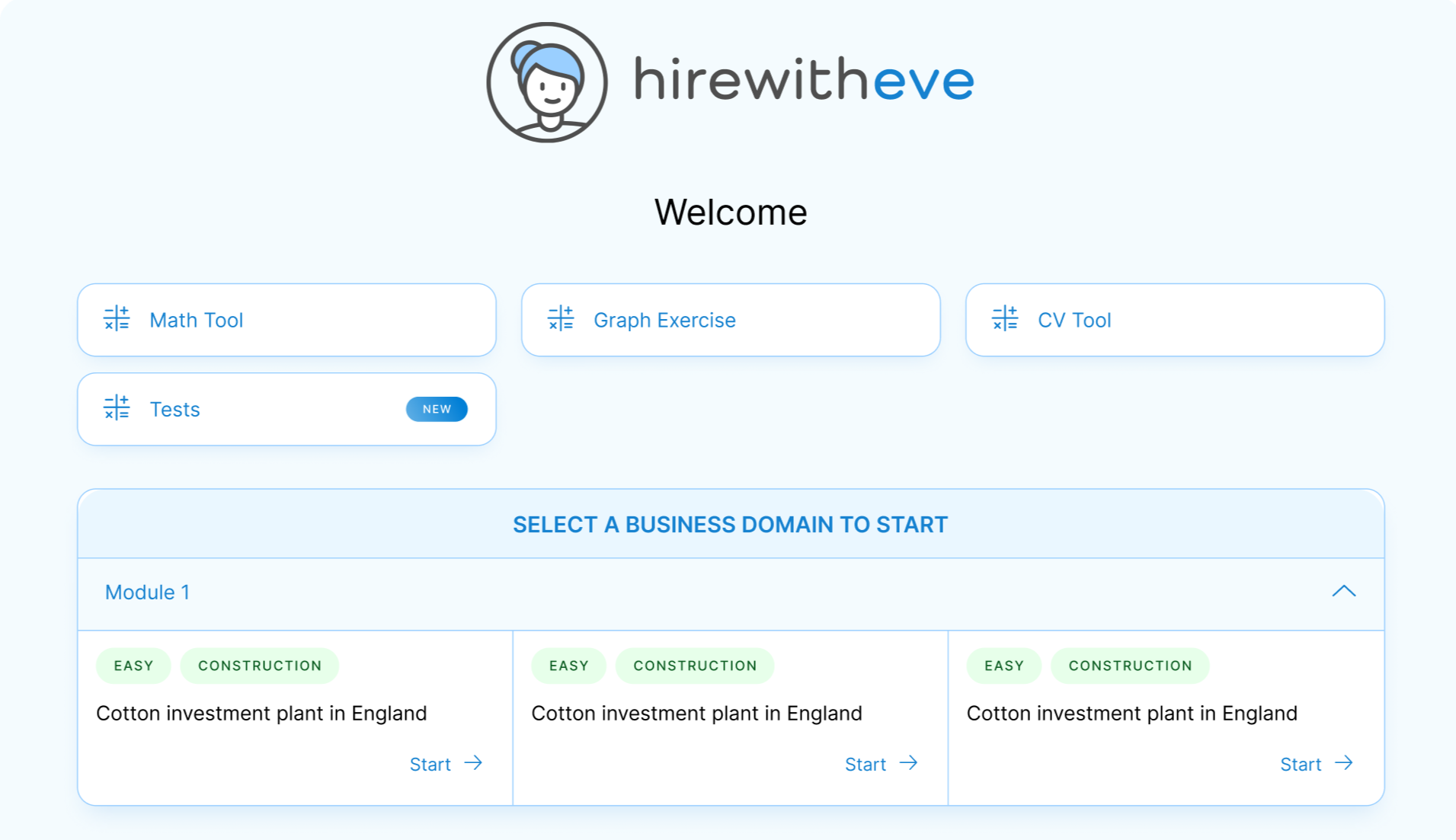Succession Planning Essentials for HR Managers

Share
Filling open roles swiftly and efficiently has always been a cornerstone responsibility for human resources departments. However, this fundamental task is often easier said than done, particularly when vacancies arise unexpectedly, when the departing employee possesses unique industry or company-specific knowledge, or when the required skills are scarce in the market.
If you wait until you receive a resignation or retirement notice, you’ve already lost valuable time. This is where succession planning tools come into play. Succession planning software helps you prepare for vacancies in critical roles before they happen. HirewithEve offers a comprehensive suite of tools designed to streamline this process, ensuring your organization is always ready to fill key positions.
In this blog, we will delve into the importance of succession planning, review the top tools available, and provide a step-by-step guide on how to implement successful succession planning using HirewithEve.
Table of contents
What is Succession Planning?
Why is Succession Planning Crucial for Organizations?
How to Use HirewithEve for Effective Succession Planning
Comprehensive Guide: 5 Steps for Successful Succession Planning
FAQs on Succession Planning Tools and Templates
Conclusion
What is Succession Planning?
Succession planning is the process of identifying employees with the potential to take on leadership roles and preparing them to step into these positions when needed. This proactive approach ensures that capable individuals are ready to assume key roles when current leaders retire, leave, or are otherwise unable to perform their duties.
The process involves preparing for unexpected departures and ensuring your talent pool is equipped to fill critical positions. Succession planning also plays a vital role in developing future leaders who can bring fresh perspectives and drive innovation within your organization.
Why is Succession Planning Crucial for Organizations?
Ensuring Business Continuity
Having a “next in line” candidate reduces the duration of vacancies and alleviates the burden on your teams to compensate for the absence. This continuity is vital for maintaining productivity and morale.
Reducing Hiring Costs
Succession planning involves defining key skills and identifying potential candidates well in advance, reducing time-to-hire and associated costs.
Reducing Ramp Time
Up to 42% of valuable company knowledge is unique to individual employees. A succession plan ensures this knowledge is transferred efficiently to successors, minimizing disruption.
Strengthening Learning and Development
Identifying critical skills for top roles provides a guideline for employee training, incentivizing engagement, and empowering employees to plan their career paths.
Enhancing Employee Engagement and Retention
Effective succession planning prevents leadership gaps that can cause dissatisfaction further down the organizational structure. Research by McKinsey shows that high-quality leadership correlates with higher employee retention.
Future-Proofing Your Workforce
With an aging workforce, it’s crucial to prepare for retirement and the challenges of external hiring in a market with slow labor force growth.
How to Use HirewithEve for Effective Succession Planning
Choosing Skills Tests
Select from various assessments, including personality tests, cognitive ability tests, situational judgment tests, and role-specific tests. Consider tests like Leadership People Management and Business Judgment for senior leadership roles.
Receiving and Comparing Results
HirewithEve allows you to compare test results across candidates, either grouped or individually, providing clear insights into their skills and potential for future roles.
Assessing Future Performance Potential
Use HirewithEve to forecast how candidates will fit into leadership roles and track their progress over time, ensuring a well-prepared succession plan.
Comprehensive Guide: 5 Steps for Successful Succession Planning
Assess Your Succession Needs
Evaluate retention rates, turnover rates, recruitment stats, and in-house versus external succession. Address diversity and inclusion to ensure a comprehensive succession plan.
Plan Ahead
Consider both short and long-term needs. Identify potential retirements or departures and assess if current employees have the necessary skills to fill these roles. Plan training and development accordingly.
Identify and Train High-Potential Employees
Pinpoint employees with leadership potential using skills assessments. Develop their skills through mentorship, training programs, and targeted development plans.
Implement Skills-Based Hiring for External Succession
When internal candidates are not available, use skills-based hiring to reduce bias and ensure the best candidates are chosen. HirewithEve’s assessments provide accurate evaluations of candidates’ skills.
Continuously Re-Evaluate Your Succession Plan
Regularly review and update your succession plan. Integrate it with your learning management systems, performance management systems, and internal talent marketplace. Schedule review sessions with HR and leadership teams.
FAQs on Succession Planning Tools and Templates
How Do You Create a Basic Succession Plan?
Start by identifying mission-critical positions and potential successors. Use a skills-testing platform like HirewithEve to evaluate and prepare candidates.
What Are the Five Steps to Succession Planning?
Assess your succession needs.
Plan based on organizational goals.
Identify and train high-potential employees.
Use skills-based hiring for external candidates.
Continuously re-evaluate your succession plan.
What Is the Most Critical Step in a Succession Planning Process?
Identifying employees with potential and preparing them with tailored development plans is crucial. Skills testing ensures these plans are effective.
What Are Succession Planning Examples?
Effective methods include skills testing, professional development plans, mentorship, targeted training, and using succession planning tools to organize and analyze metrics.
Conclusion
Succession planning is a vital strategy for any organization aiming to maintain continuity and drive innovation. By using tools like HirewithEve, you can ensure a seamless transition for critical roles, fostering a prepared and resilient workforce ready to meet future challenges.
Start your succession planning journey today with HirewithEve and build a strong pipeline of future leaders for your organization.
The best advice in pre- employment testing, in your inbox.
No spam. Unsubscribe at any time.
TARGET YOUR TALENT
Unlock tailored solutions for your recruitment and hiring needs with Eve Platform's extensive case study library.
Free Resources

Transforming Hiring: 7 Key Recruiting Metrics
Enhancing recruitment processes with data-driven insights for better hiring outcomes.

Reducing Hiring Bias with Practicewitheve.
Utilizing Practicewitheve to combat bias and streamline recruitment processes effectively.

Hiring Detail-Oriented Candidates
PracticewithEve enhances hiring by accurately assessing candidate's attention to detail-oriented.








